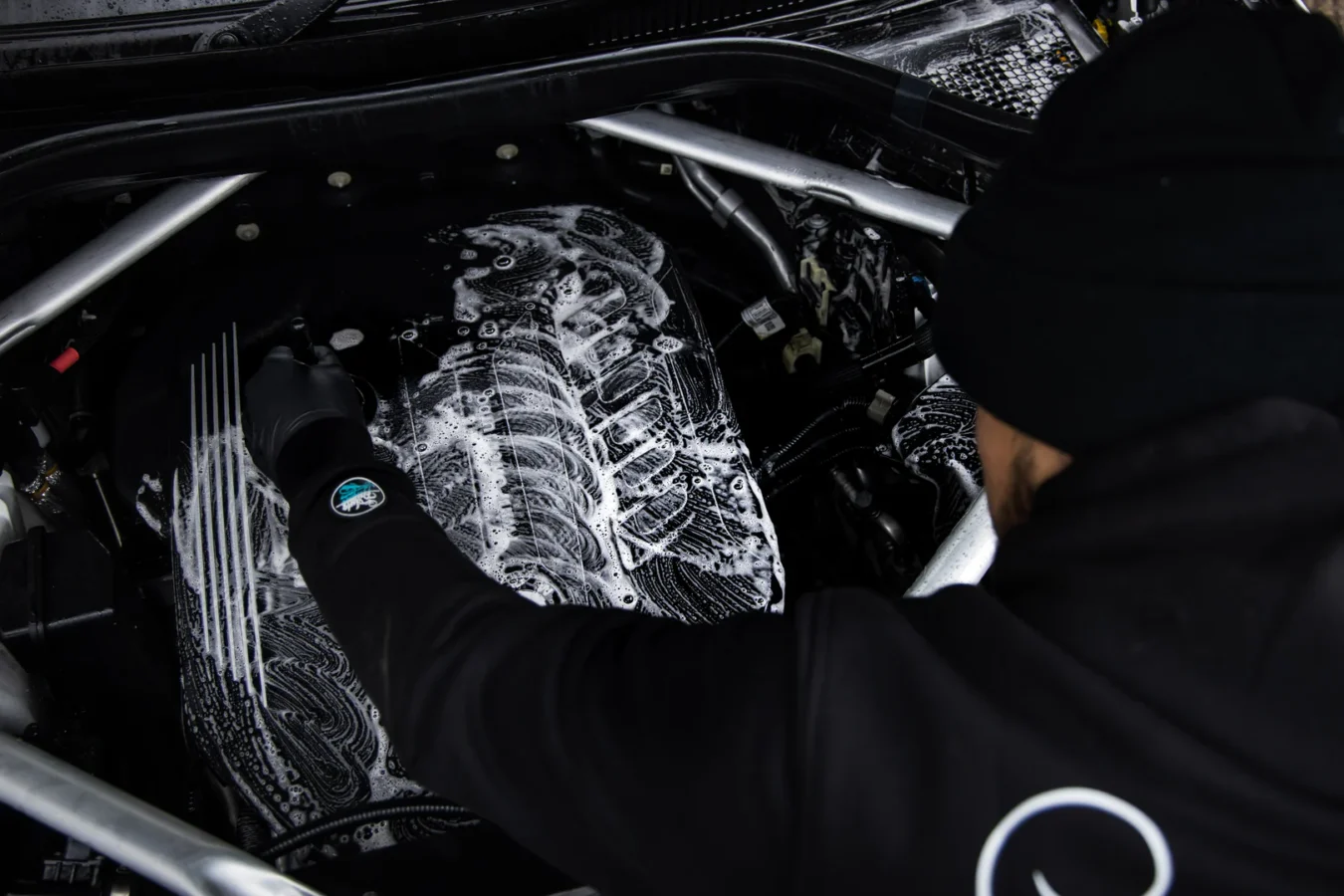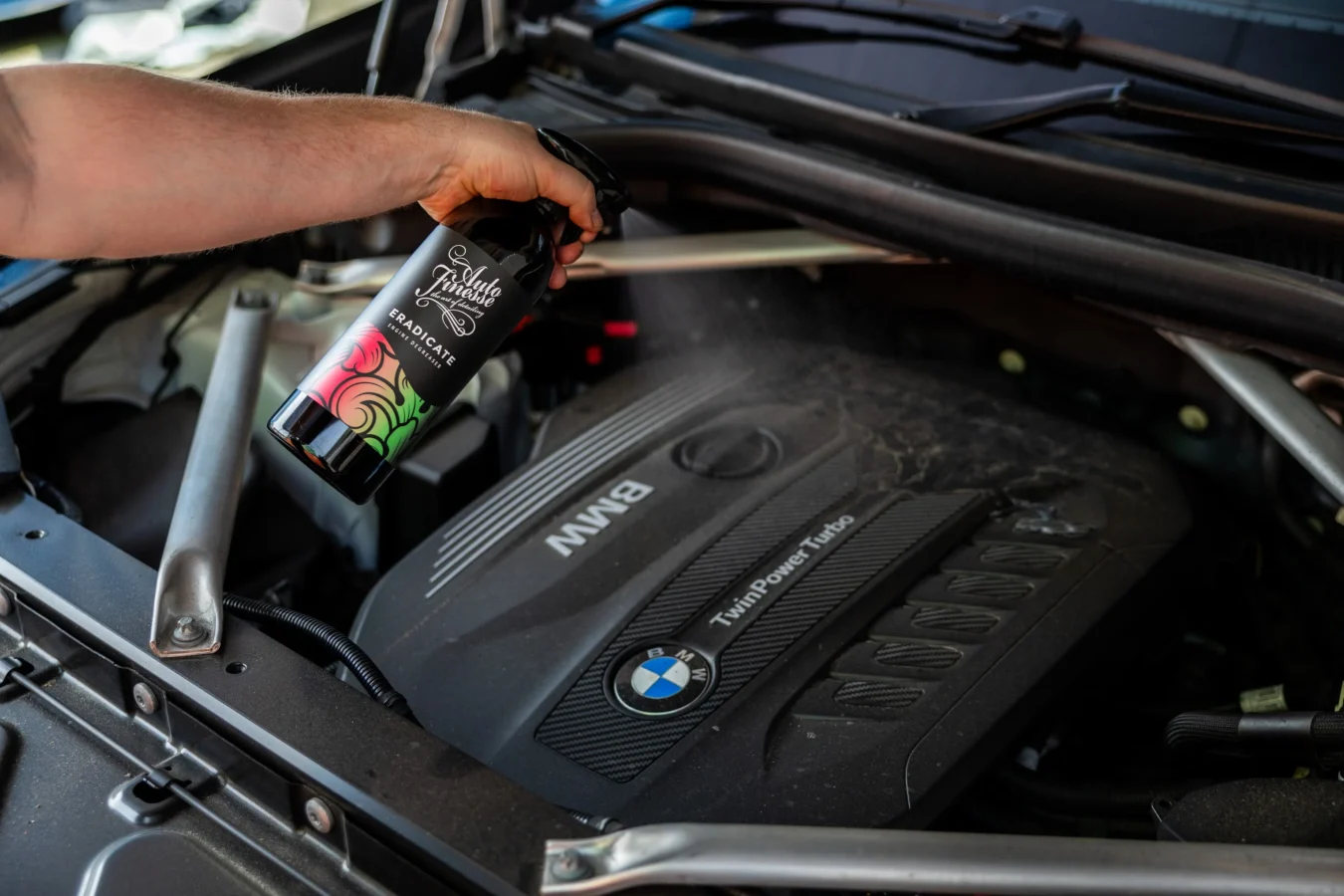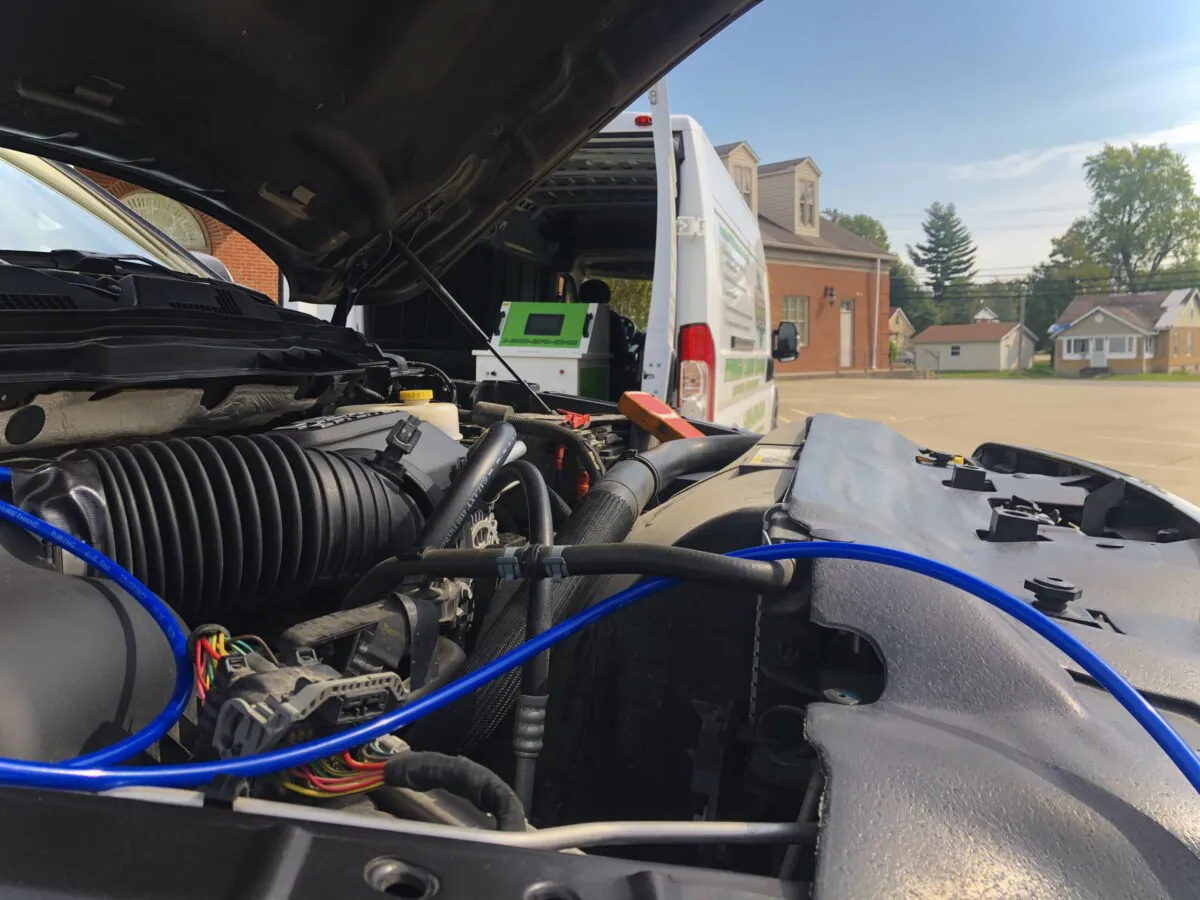As engines incorporate advanced technologies like gasoline direct injection (GDI), the challenge of carbon buildup has become increasingly prominent. This guide will demystify the significance of carbon cleaning, explore its scientific underpinnings, and present a range of effective cleaning methodologies. By understanding these elements, vehicle owners can ensure optimal engine performance while fostering a more profound connection with their automotive investments.
Understanding Carbon Buildup
The Mechanism Behind Carbon Accumulation
Carbon buildup—often referred to as carbon deposits or fouling—occurs when carbon-based residues accumulate in the engine’s internal components, such as piston rings, cylinder walls, fuel injectors, and intake valves. This phenomenon primarily arises due to several factors:
- Incomplete Combustion: When fuel does not burn entirely during combustion, it leaves behind carbon residues that gradually accumulate. This issue is pronounced in GDI systems, where direct injection provides little fuel wash over the intake valves.
- Fuel Quality: Using low-quality fuel containing impurities accelerates carbon deposit formation. High-quality fuels containing robust detergents can mitigate this challenge.
- Engine Design Limitations: Modern engines prioritize efficiency, occasionally leading to designs that increase the likelihood of carbon deposits. While GDI systems enhance efficiency, they do so at the expense of the natural cleaning capabilities found in port fuel injection systems.
- Driving Habits: Frequent short trips and aggressive driving styles prevent engines from reaching optimal operating temperatures, increasing the chances of carbon buildup.
Consequences of Carbon Buildup
The ramifications of carbon accumulation can significantly affect engine performance and longevity:
- Decreased Engine Performance: Restrictive carbon buildup hampers airflow into the combustion chamber leading to diminished power, acceleration, and fuel efficiency. Vehicle owners might also experience misfiring or stalling.
- Elevated Emissions: Carbon deposits can impede proper combustion, resulting in increased emissions—a potential pitfall during regulatory testing.
- Long-Term Engine Health Risks: If left unaddressed, excessive carbon buildup can result in severe component failures, necessitating costly repairs.

Cleaning Methods: Evolving Techniques for Carbon Removal
To combat the challenges posed by carbon deposits, vehicle owners must adopt effective cleaning strategies. This section delineates various cleaning methods, ranging from chemical solutions to mechanical approaches, to facilitate informed decision-making.
1. Chemical Cleaning Techniques
Chemical cleaning represents a popular choice among both automotive professionals and enthusiasts for addressing minor to moderate carbon accumulations.
Products and Solutions
- Aerosol Cleaners: Widely available products, such as CRC Intake Valve and Turbo Cleaners, aim to dissolve carbon deposits. While they can be effective, their abilities might be limited in cases of significant buildup, leading to residual deposits remaining.
- Dedicated GDI Cleaners: These formulated products penetrate deeply into carbon accumulations and often necessitate prolonged engine treatments or soaking processes to achieve optimal efficacy.
Application Methodology
When using chemical cleaners, a structured approach is crucial:
- Engine Preparation: Begin by warming up the engine, which helps the components, particularly the intake manifold, become more accessible.
- Injection of Cleaner: Introduce the cleaning agent through a vacuum line or directly into the intake system while maintaining a steady RPM to promote even distribution across all cylinders.
- Effectiveness Assessment: Post-cleaning inspections using tools like borescopes can validate the extent of carbon removal.
2. Mechanical Cleaning Approaches
In cases of severe carbon buildup, mechanical intervention often signifies the most robust option, even though it is labor-intensive.
Intake Manifold Removal
Detaching the intake manifold grants direct access to the intake valves, allowing thorough cleaning. The time required to complete this task might range from 30 minutes to several hours, depending on the vehicle type.
Techniques
- Manual Scrubbing: Using brass brushes, scrapers, or specialized drill attachments enables the removal of stubborn deposits.
- Walnut Shell Blasting: Commonly employed in performance shops, this method uses crushed walnut shells to perform gentle yet effective abrasion, eliminating carbon without damaging sensitive components.
3. Proactive Maintenance Strategies
Preventative care is key to minimizing future carbon-related issues and ensuring engine health.
Engine and Oil Maintenance
- Routine Oil Changes: Regular oil changes utilizing high-quality synthetic oil can reduce the risk of oil-related deposits building up in the intake system.
- Heat Cycling: Extended highway drives allow engines to reach optimal temperatures, effectively burning off any minor carbon residues formed during short trips.
4. Driving Practices
- Reduce Short Trips: Frequent short distances limit engine warming, which can exacerbate carbon accumulation. Whenever possible, opt for longer journeys.
- Mindful Driving Style: Engaging in highway driving occasionally—colloquially referred to as an “Italian Tune-Up”—can contribute to clearing minor carbon deposits effectively.

Personal Insights: Navigating the Carbon Cleaning Landscape
As a devoted automotive enthusiast with extensive experience in the field, I can attest to the importance of regular maintenance in preserving engine health and performance. Throughout numerous discussions and experiences shared with peers, a consensus arises: vehicles that receive diligent care tend to reward their owners with enhanced resilience and optimal performance.
For instance, a friend who drives a GDI-equipped sedan, initially faced erratic performance attributed to significant carbon deposits. After adopting regular use of a reputable GDI cleaner, coupled with improved driving habits that included longer highway trips, the vehicle responded positively with improved performance, instilling a renewed confidence in its capabilities.
Furthermore, active participation in automotive forums has illuminated the efficacy of walnut shell blasting for those grappling with severe carbon buildup challenges. Members frequently share their before-and-after experiences, showcasing significant improvements in engine cleanliness and overall performance enhancement.
Embracing the Journey of Engine Care
The process of carbon cleaning transcends beyond immediate fixes; it becomes an integral part of nurturing the vehicle ownership experience. As vehicles embrace increasingly complex fuel technologies, owners who invest time in understanding their maintenance requirements stand to benefit immeasurably.
By employing effective carbon cleaning strategies, engaging in proactive maintenance, and adhering to responsible driving practices, vehicle owners take crucial steps toward maximizing engine health and longevity. Moreover, committing to understanding and addressing carbon buildup cultivates a deeper bond between the owner and their car, enriching the overall driving experience.
Ultimately, every act of maintenance—be it substantial or minute—reflects a commitment to engineering excellence and a testament to the dedication of passionate car owners who wish to preserve the essence of their vehicles.
Conclusion: The Path to Enhanced Engine Longevity
Navigating the world of carbon cleaning and modern engine maintenance requires a balance of understanding, technique, and passion. By familiarizing yourself with the intricacies of carbon buildup and adopting a well-rounded approach—including chemical cleaning solutions, mechanical interventions, and proactive maintenance strategies—you can unlock the full potential of your vehicle’s performance, enhancing emissions and fuel efficiency while safeguarding long-term health.
Remember, every moment spent caring for your vehicle—whether through routine studies or active maintenance efforts—is an act that resonates with the heart of automotive engineering. As you embark on your journey toward excellence in vehicle care, let each task serve as a manifestation of your respect for the invisible dance of engineering that powers your machine.
Embrace the artistry of maintenance and let it transform the connection you share with your vehicle; a connection nurtured over countless miles, shared experiences, and a commitment to the embodiment of the art of driving.
References
For those looking for further insights or personal consultations regarding advanced carbon cleaning methods or other automotive maintenance topics, please consider reaching out to Drive In Motor Sports:
- Mobile: +91-93195-31279
- Email: [email protected]
- Location: Golf Course Rd, DLF Phase 5, Gurugram
We hope this guide serves as a valuable resource as you navigate the path to maintaining the performance and longevity of your engine through the essential practice of carbon cleaning. As you journey forth, may your commitment to excellence translate into countless joyful drives with your beloved vehicle, free from the shadows of carbon buildup.

